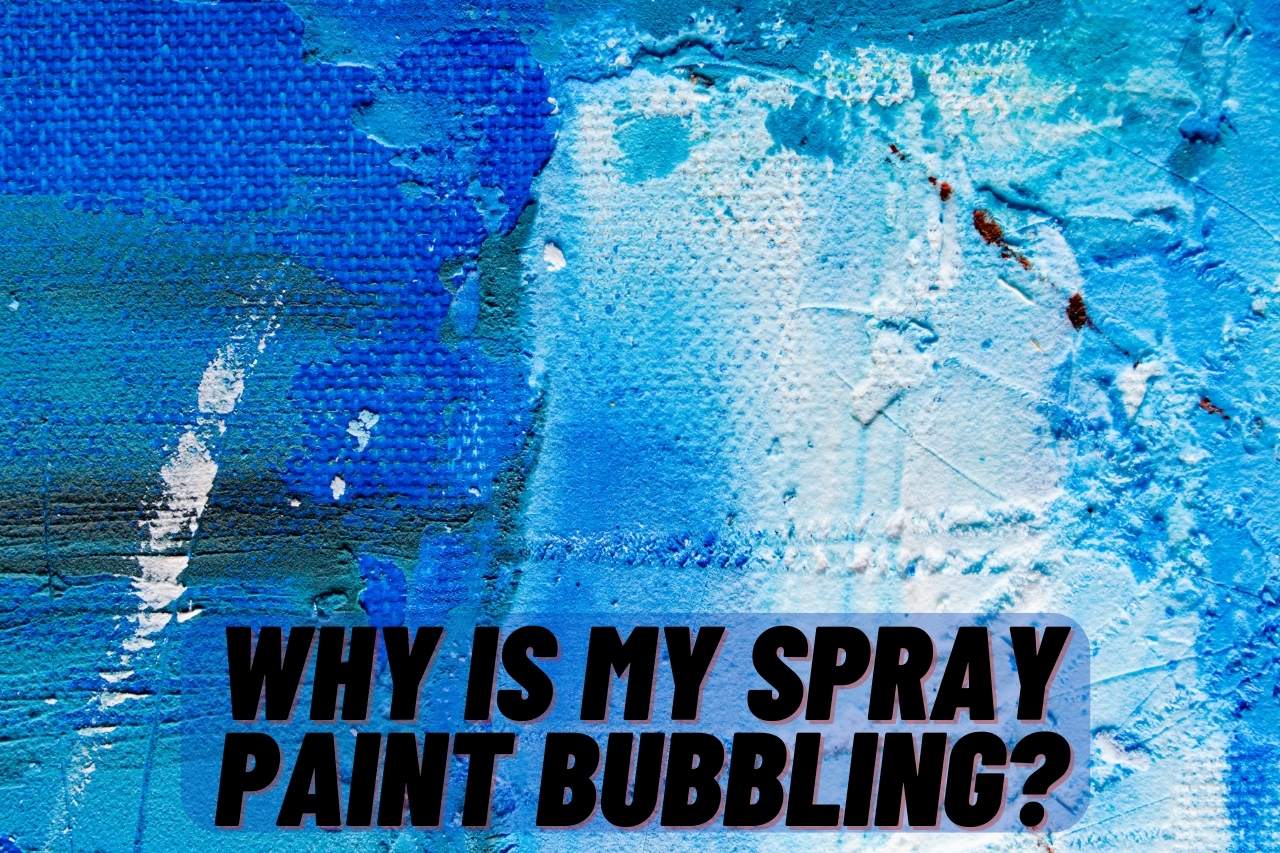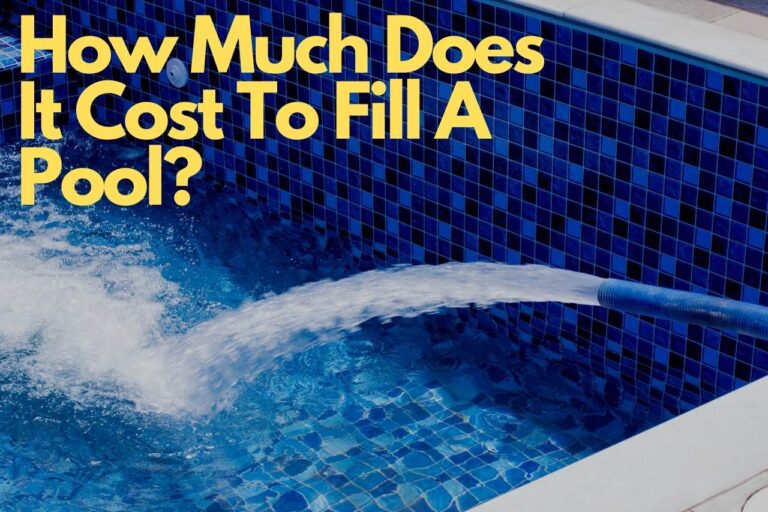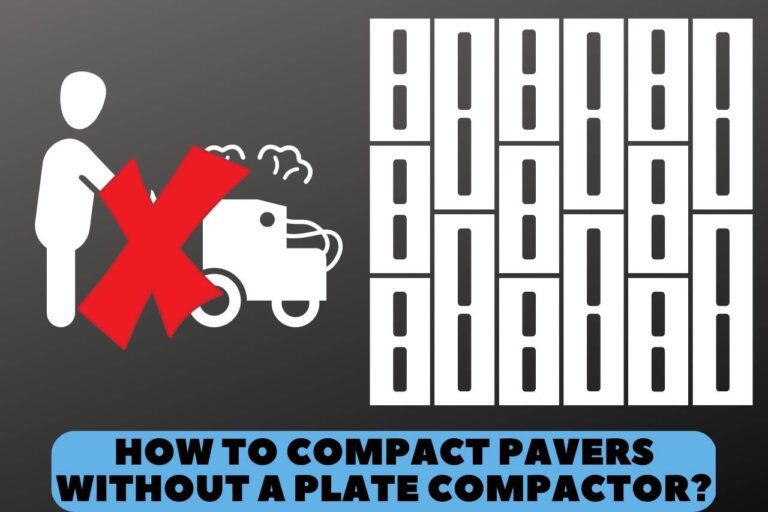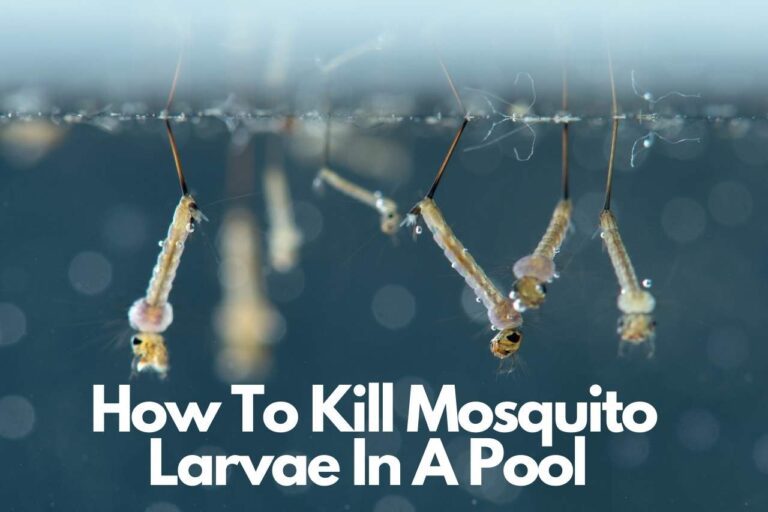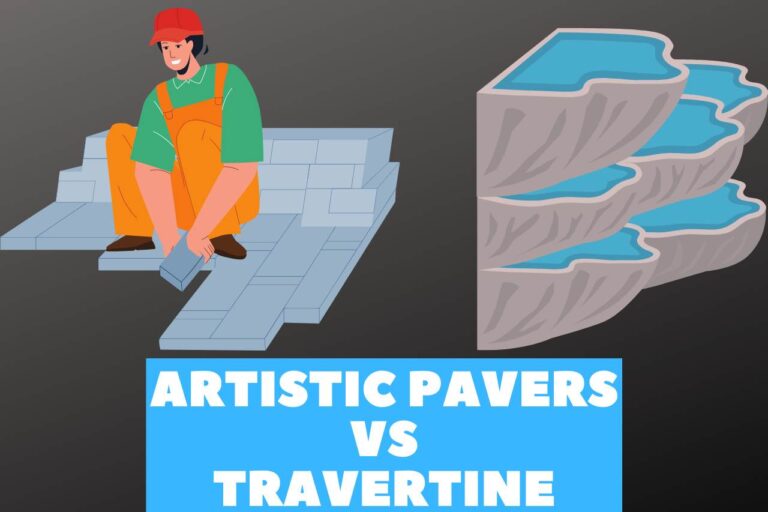Why is My Spray Paint Bubbling? [Avoid & Prevent]
Most individuals utilize spray paint for a wide range of tasks since it’s an excellent medium for giving your product a polished texture. You are not the only one who has wondered, “why is my spray paint bubbling?”
Quick Response
Why is my spray paint bubbling? Spray paint can develop bubbles whenever a coat is applied too thinly or under unfavourable circumstances. The toxic chemicals beneath the paint’s top layer cannot dissipate before it cures. Blisters and air pockets build up underneath the dry surface layers as a result of the continuous drying.
Overview
Among the most common forms of painting that people choose is spray paint. It is inexpensive, available in a vast range of colors, simple to use, and doesn’t call for harsh ground treatments before painting!
However, while using this painting, many inexperienced painters frequently have the same problem. They frequently observe that the freshly painted area starts to bubble under the new covering of it! Spray paint bursts whenever applied to materials, which is a startling enigma.
Therefore, today becomes an excellent day if you’ve been wondering the same thing: “Why is my spray paint bubbling?” We will explain why the spray paint develops blisters right here, right now, in this post.
Additionally, you would discover how to quickly correct any air bubbles that may have appeared in the painting, as well as what you should do to stop any from appearing at all.
Why is My Spray Paint Bubbling?
Numerous factors might cause paint to blister whenever sprayed onto objects.
That area that’s been painted upon was already covered in something, including dust, filth, or shedding paints from previous painting coats, which is the primary cause. This problem is readily fixed by applying a fresh, thin base coat toward any colored spots you have recently patched up.
It has indeed been subjected to excessively high or low temperatures or moisture, which is the second factor. This may be avoided by applying a brand-new coat of paint to the bubbling areas in addition to re-seasoning them.
The Factors Listed Below Might Result in Spray-painting Popping
-
The Outdoor Air is Excessively Moist
An extended curing period is required for the initial coat because the outside air is excessively humid. So it will blister when you apply two layers after the first is completely dried. Too much humidity or cloud cover will prevent the paint from setting up rapidly.
-
Its Outdoor Temperature is Shallow
It is crucial to keep the outdoor ambient between 50 and 90 degrees Fahrenheit since too cooler temperatures could also create popping in painting, especially for metal.
-
Abnormal Heat
The impact of temperature on the artwork is profound. The topcoat dries on average at typical temperatures. However, excessive moisture (air movement) or strong sunshine can cause a quick, uneven cure in which the outer skin stays almost damp. Additionally, this results in spray-painting blistering or bursts.
-
There Was an improper Drying of the Painting
The painting appears to have dried entirely and is prepared for an undercoat after spraying and repainting something within ten min.
When applying the base coat of paint, there is a greater likelihood that bubbling may begin to form when users do not even allow the first layer of varnish dry. The artwork has been cleaned. However, the exposure time wasn’t given enough consideration. For the thing to have a flawlessly smooth finish, it needs to be entirely cleaned and dry.
-
Insufficient Surface Cleansing
The stage that must be completed before coloring is cleansing the area. However, occasionally painters operate so quickly that they begin repainting a soiled area. Spray paint, therefore, produces bubbles or peeling following application.
-
Don’t Use a Primer
When painting, priming is crucial since it aids in making the artwork adhere to the surface with such a base layer. The base color becomes thinner whenever this error is made on purpose. As a consequence, the overcoat is seen to be bubbling.
-
Using the Incorrect Roller
Utilizing the appropriate instrument is also very beneficial for a job. The length and kind of roller coverings affect how drywall is painted. Inadequate roller sizing might result in blisters and uneven painting.
Spray Paint Bubbles: How to Cure Them?
Five easy procedures may be used to correct blisters in paint.
Step 1: Cleansing and Dry the Afflicted Area
Cleanse as well as completely dry any steel area you intend to spray paint prior you begin. There would be some painting blisters when spraying painting more than a damp surface of the metal because of water evaporation.
Step 2: Steer Clear of Hot Days
Be mindful of the risks associated with working in hot or direct sunshine. The heat from the outside causes the outer layer to dry up quickly. Air pockets would appear on the top since the upper layers are drying up faster than the lower layers.
Maintain painted items from out bright sunlight till they are totally dry, as well as repaint inside a calm, wind-free environment.
Step 3: Apply Thin, Even Coats of Paint
Paint should be applied lightly and uniformly. Whenever the heavy coating’s protective layers’ liquids race to pass through all of it, explosions may result.
Step 4: Wait Until the Spray Paint is Completely Dry Prior to Going on With the Following Action
Allow the spray cans adequate time to dry. It’s possible to observe blisters if users add a second coating of paint over a newly sprayed one.
Step 5: Apply Sandpaper
When the painting has started to blister, a little polishing of the layer of paint could be helpful. Strip it using grit sanding, then wipe it off with a dry, spotless cloth before reapplication. It is also possible to altogether remove the flaking painting. However, this takes time and effort.
Conclusion
Unless you are thinking, “why is my spray paint bubbling?” then you are probably spraying the painting too heavily or just not having had dry enough ultimately among applications.
You May Also Like
